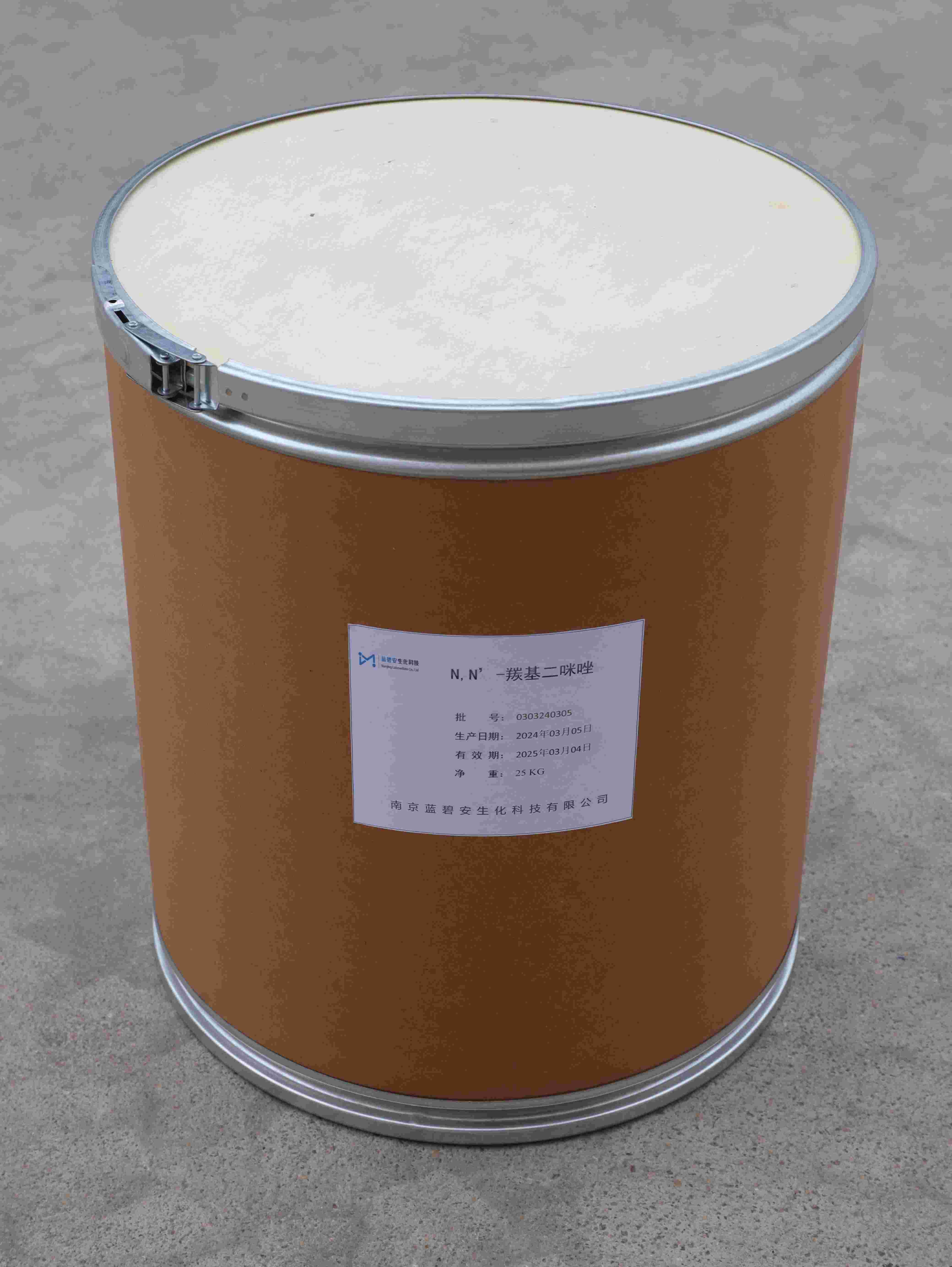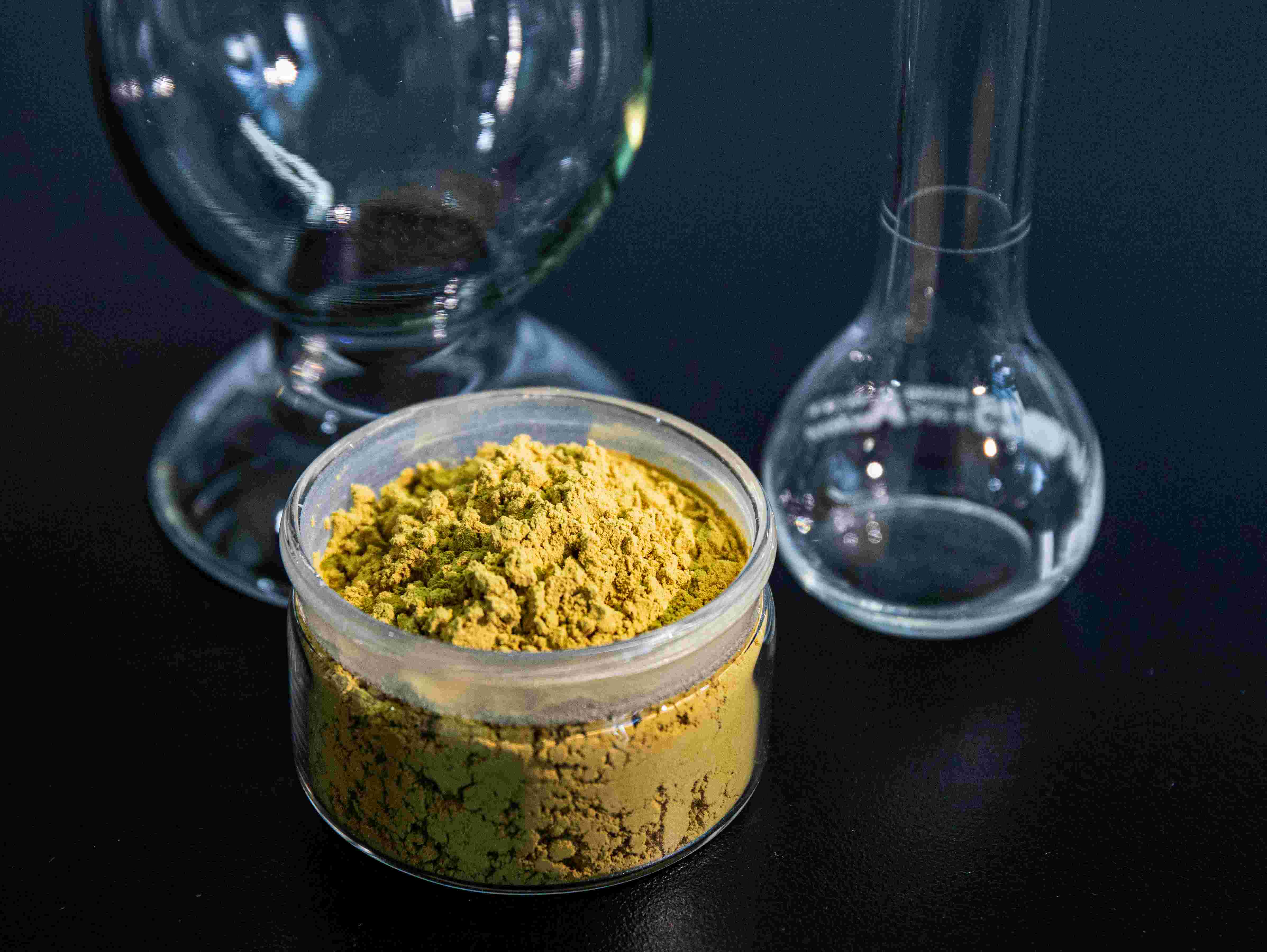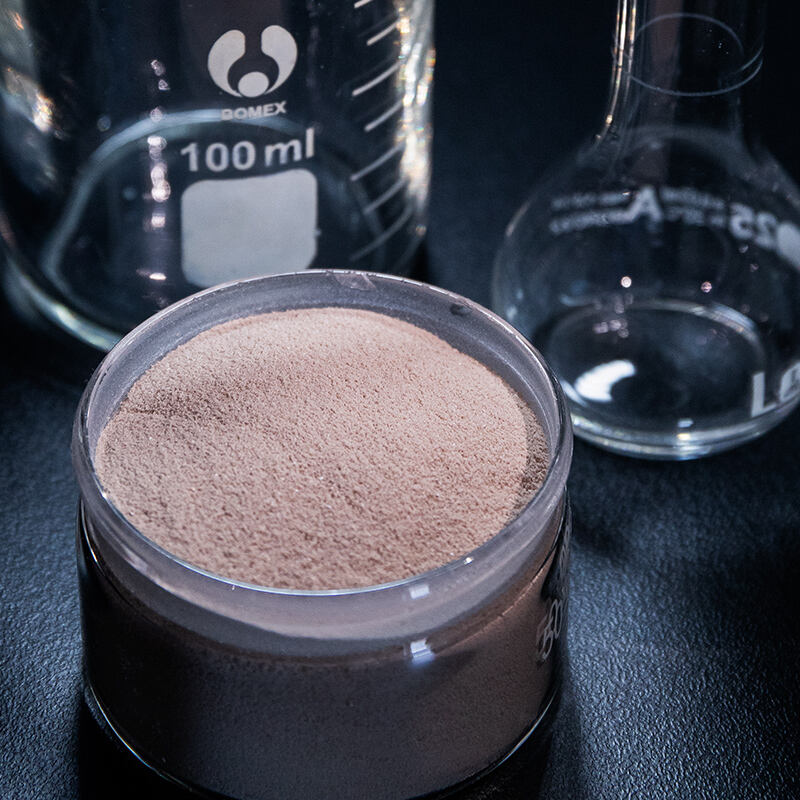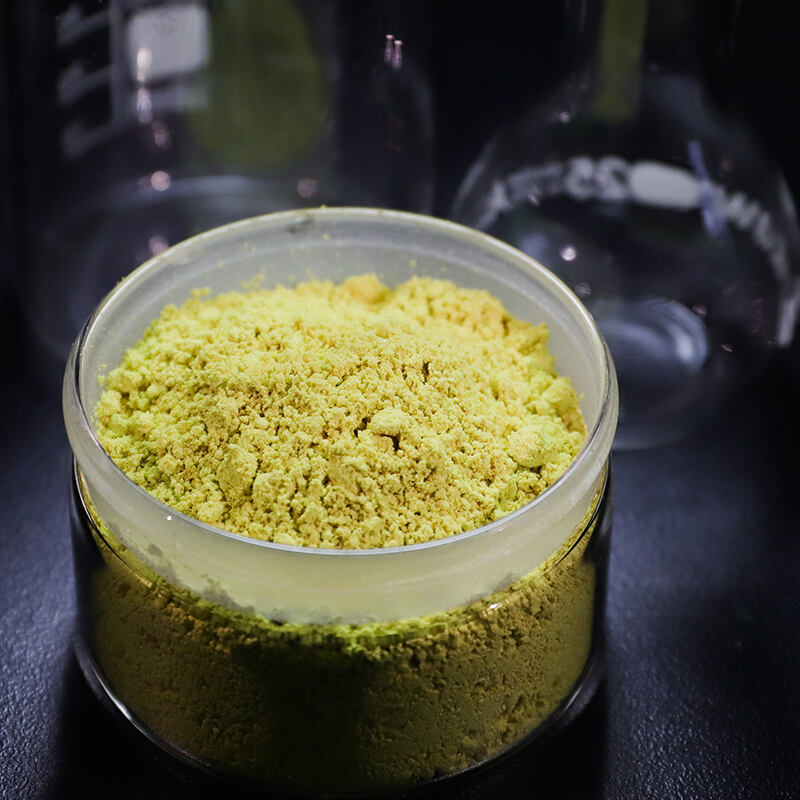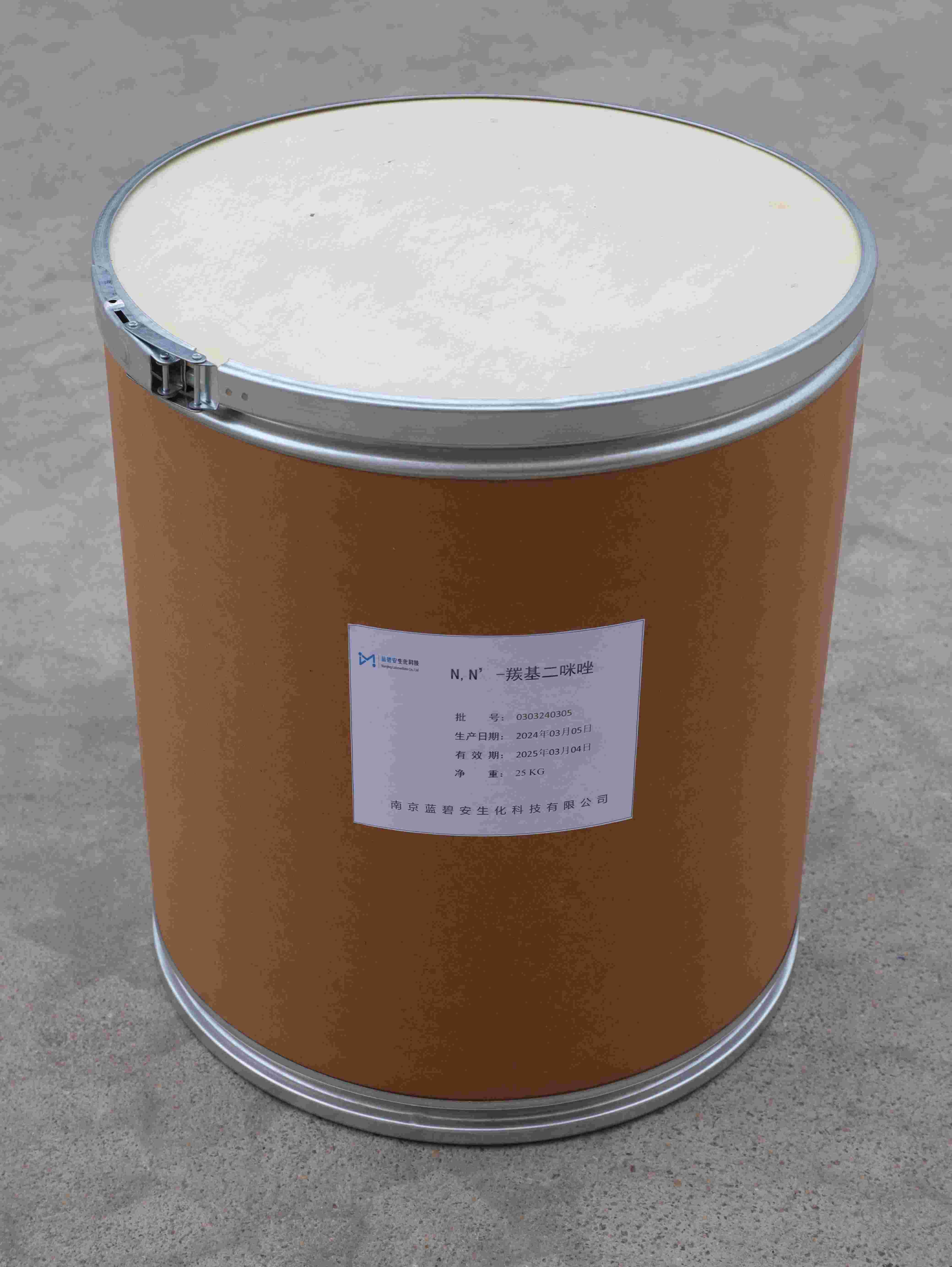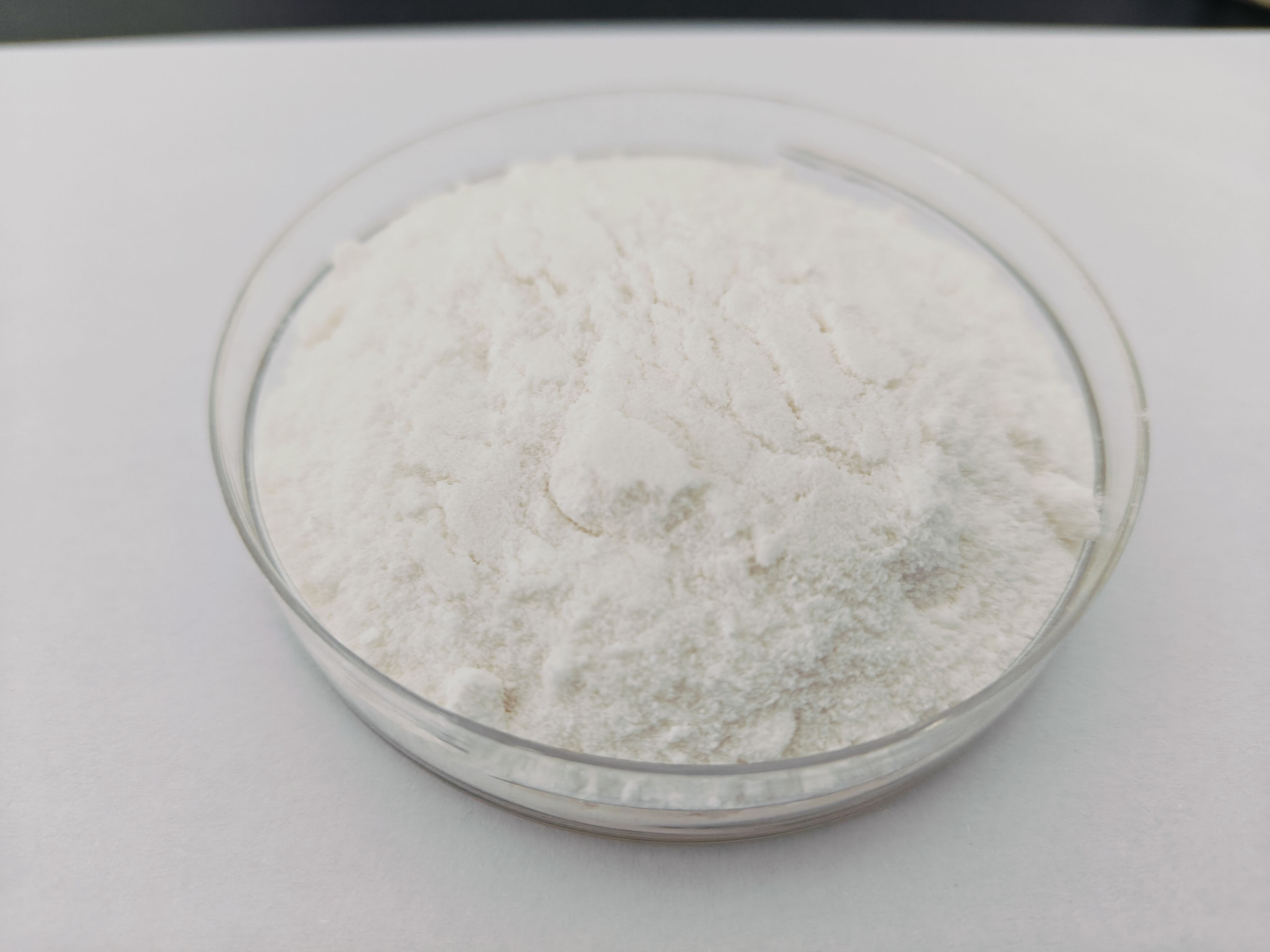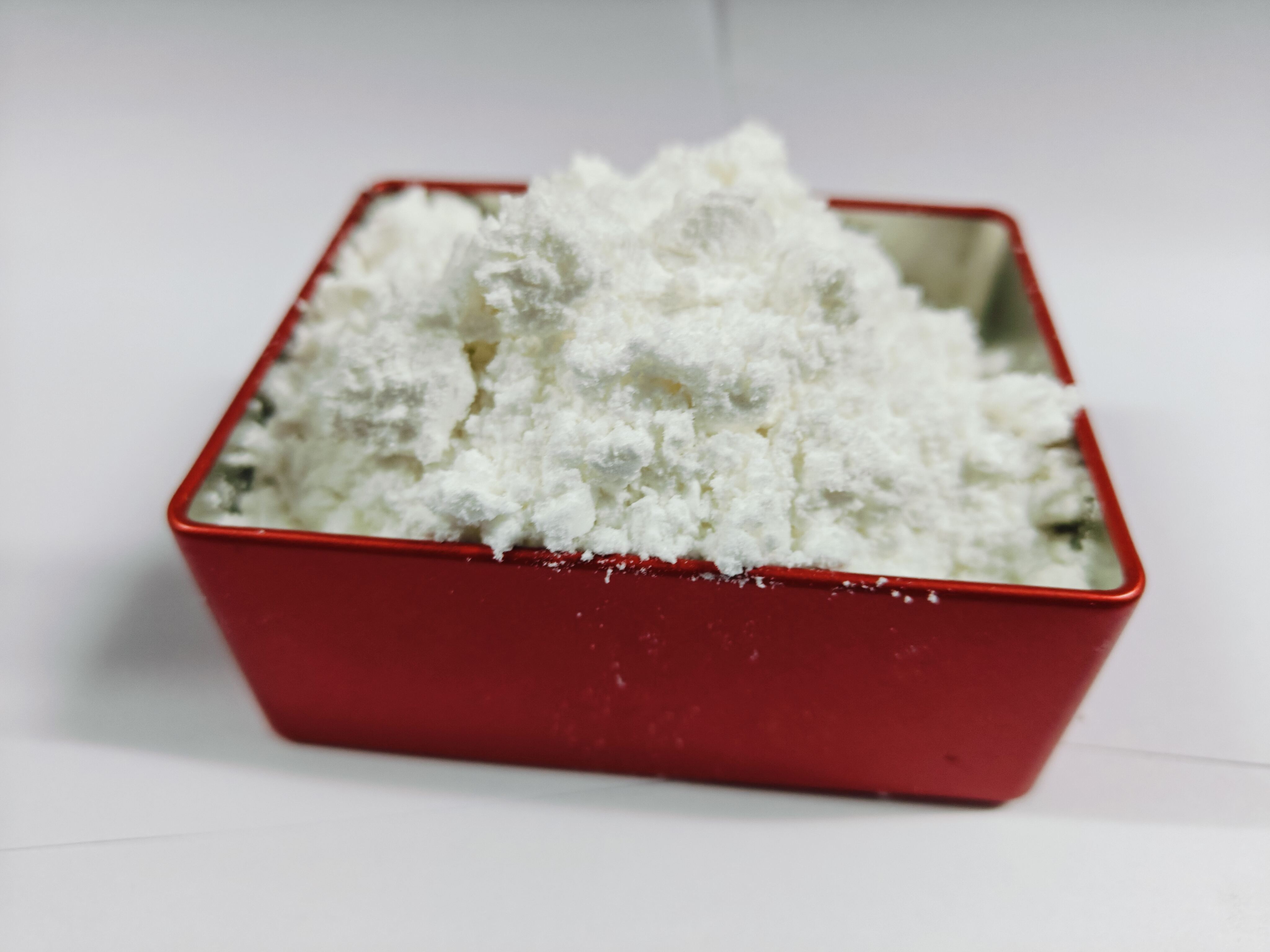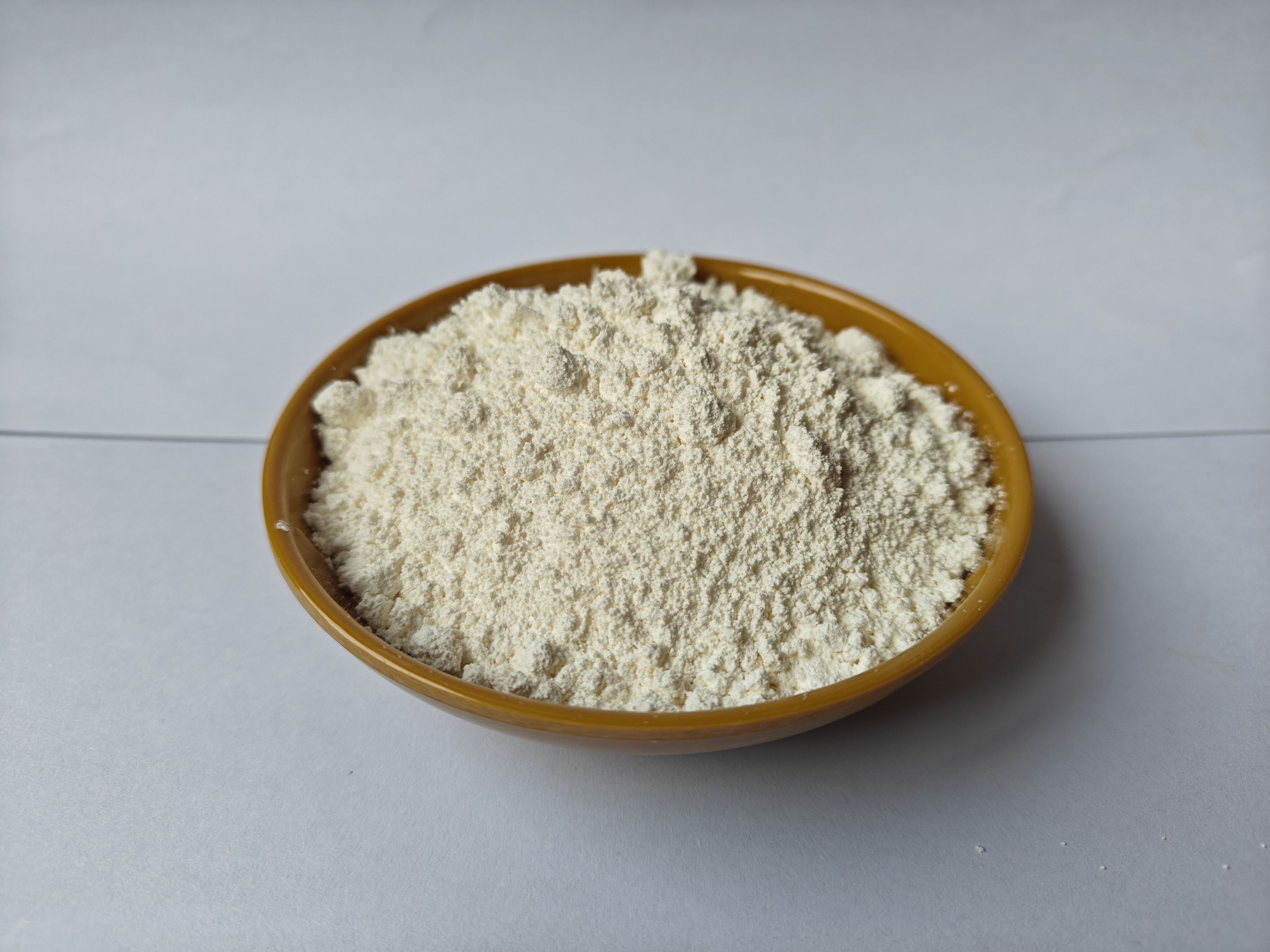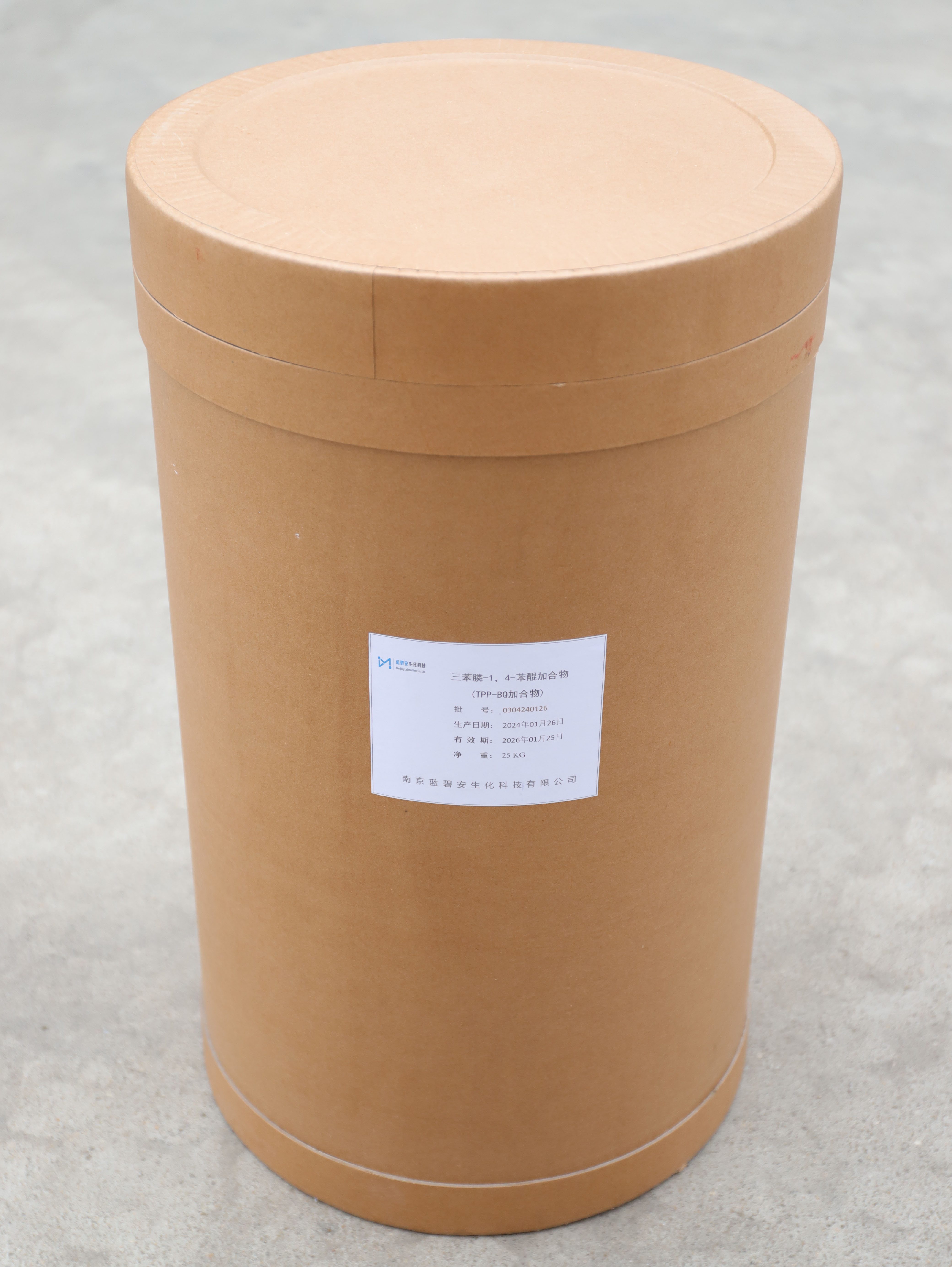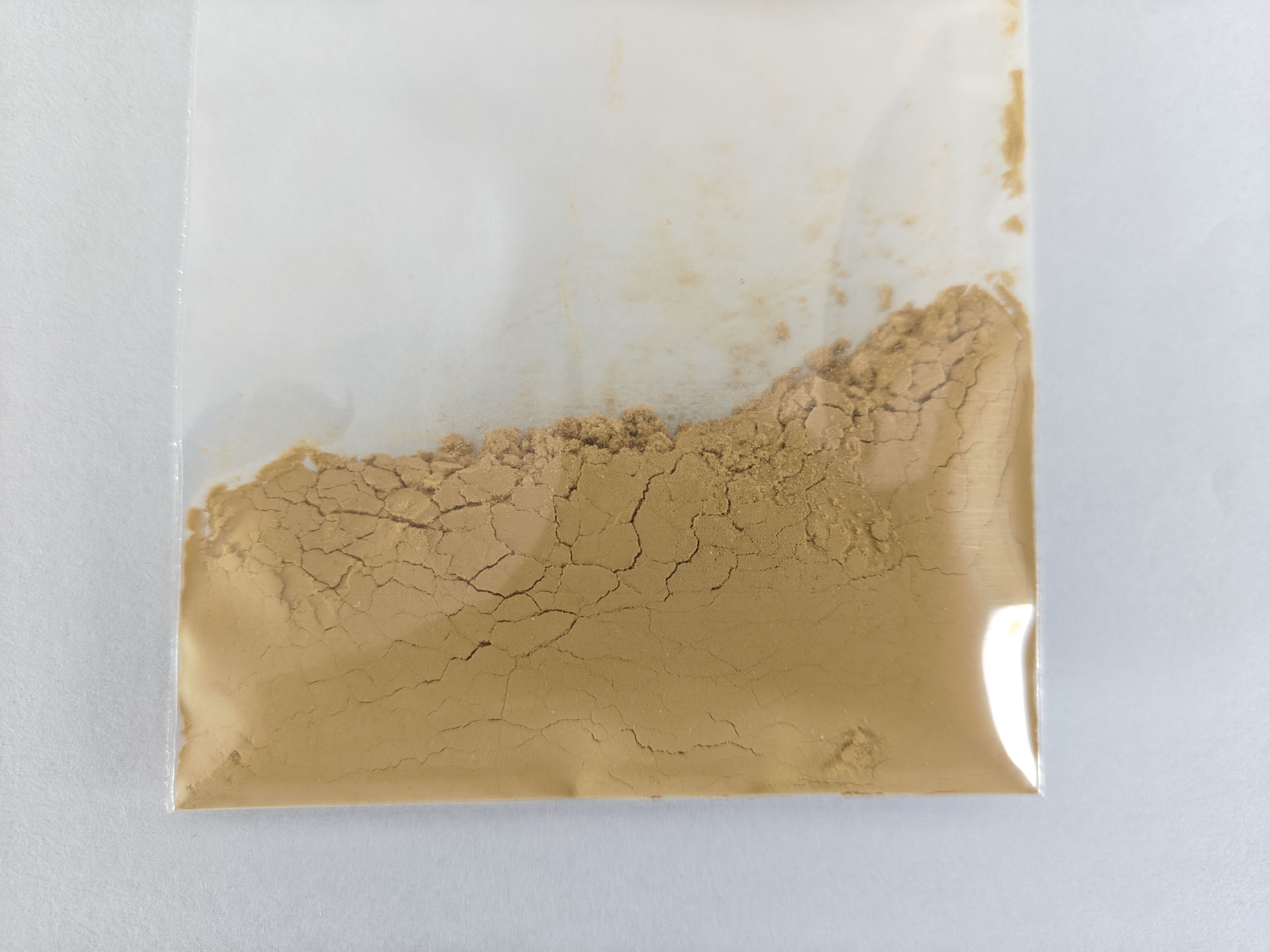reaktibidad ng tppbq
Ang pagiging reaktibo ng tetraphenylbenzoquinone (TPPBQ) ay kumakatawan sa isang kawili-wili na lugar ng organikong kimika na may makabuluhang mga implikasyon para sa iba't ibang mga aplikasyon sa industriya. Ang kumpungtong na ito ay nagpapakita ng kahanga-hangang mga katangian ng pagtanggap ng electron at dumaranas ng mga reversible redox reaction, na ginagawang napakahalaga nito sa maraming kemikal na proseso. Ang TPPBQ ay nagpapakita ng natatanging katatagan sa parehong mga oxidized at nabawasan na anyo nito, na nagpapahintulot sa tumpak na kontrol sa mga kapaligiran ng reaksyon. Ang natatanging istraktura ng molekula nito, na nagtatampok ng apat na grupo ng phenyl na naka-attach sa isang benzoquinone core, ay nag-aambag sa mga natatanging katangian ng reaktibo nito. Ang compound ay nagpapakita ng partikular na pangako sa organic electronics, na nagsisilbing isang materyal ng transportasyon ng electron sa mga aparato tulad ng organic light-emitting diodes (OLEDs) at organic photovoltaics. Karagdagan pa, ang reaktibilidad ng TPPBQ ay nagbibigay-daan sa paggamit nito bilang isang tagapagpahiwatig sa iba't ibang mga reaksyon ng organikong sintesis, lalo na sa mga reaksyon ng pag-coupling at proseso ng pag-oxidation. Ang kakayahan ng compound na bumuo ng matatag na mga intermediate na radikal ay ginagawang lalo na mahalaga sa mga aplikasyon ng kimika ng polymer, kung saan maaari itong magsimula ng kinokontrol na mga reaksyon ng polymerization ng radikal. Bukod dito, ang reversibel na kalikasan nito na tumatanggap ng electron ay humantong sa pagsisiyasat nito bilang isang potensyal na bahagi sa mga sistema ng imbakan ng enerhiya at mga molekular na switch.

